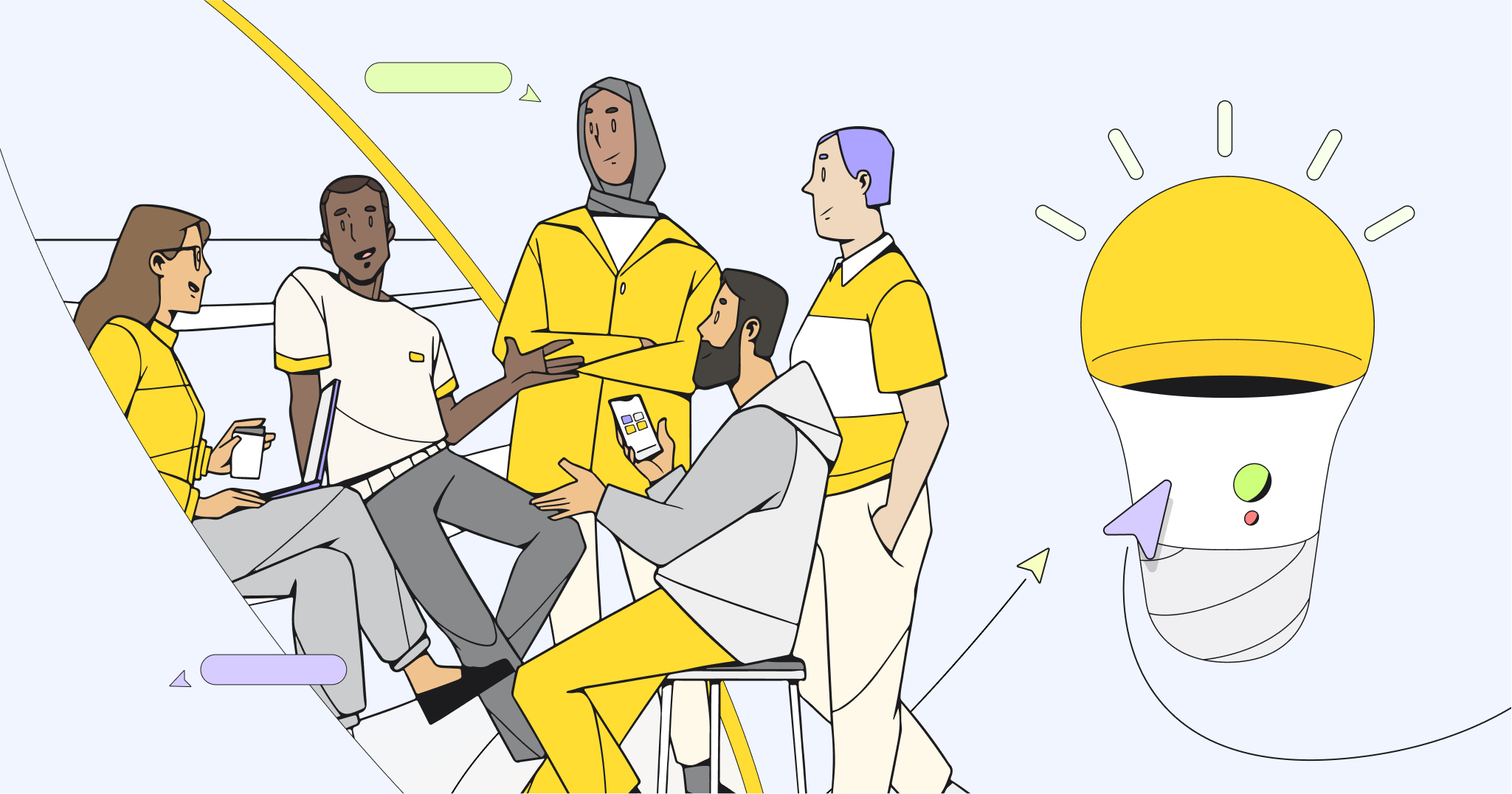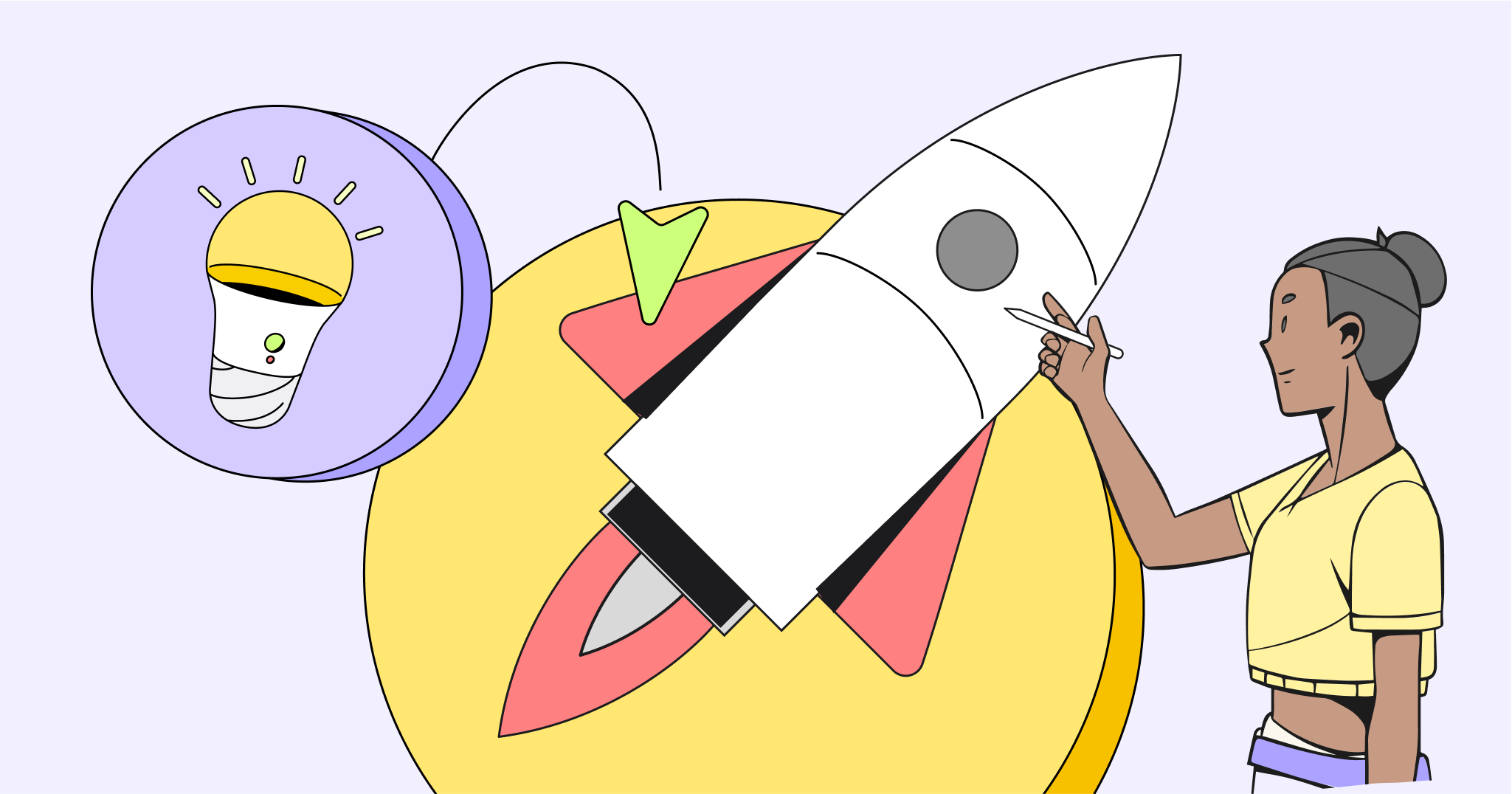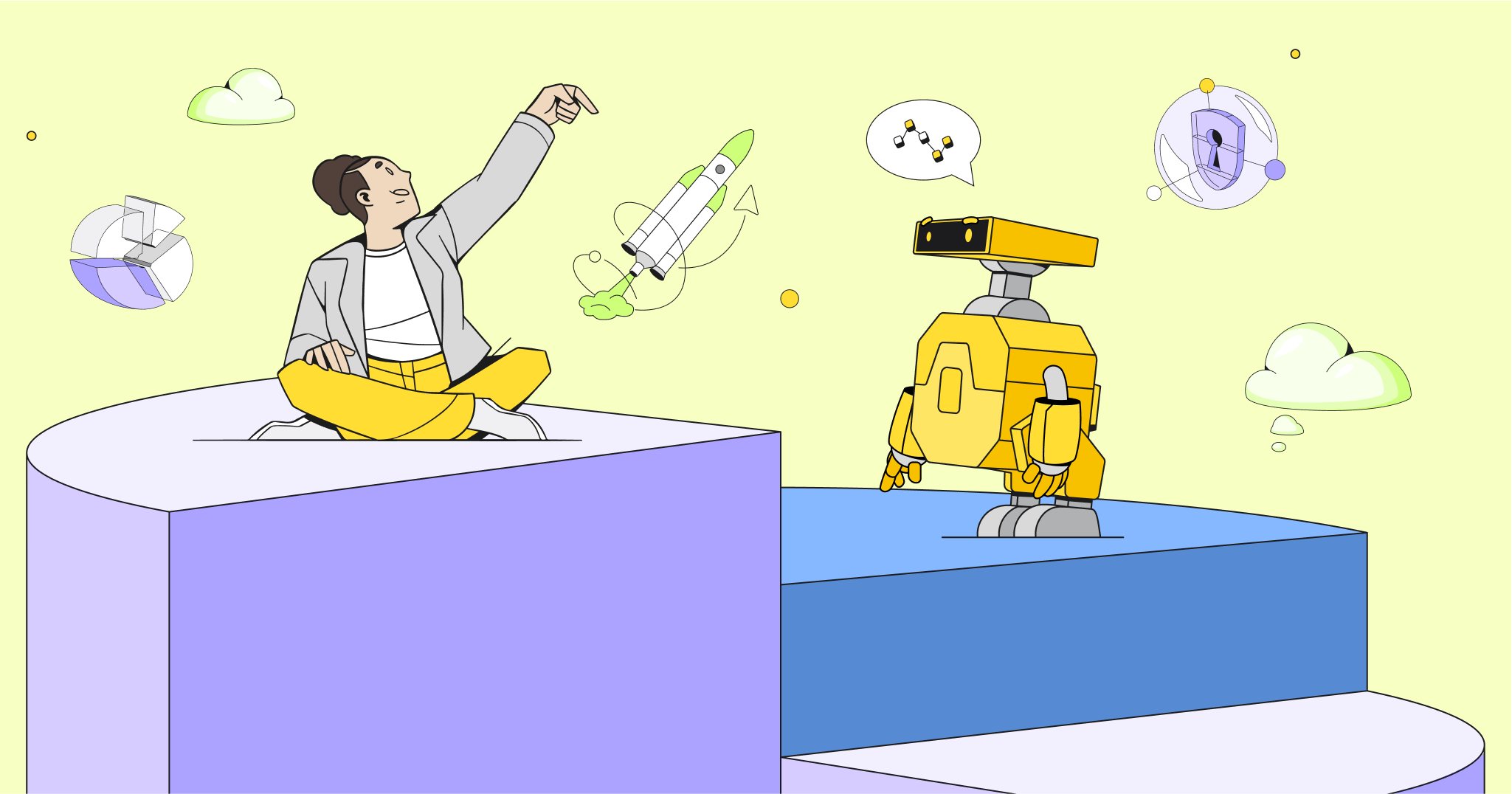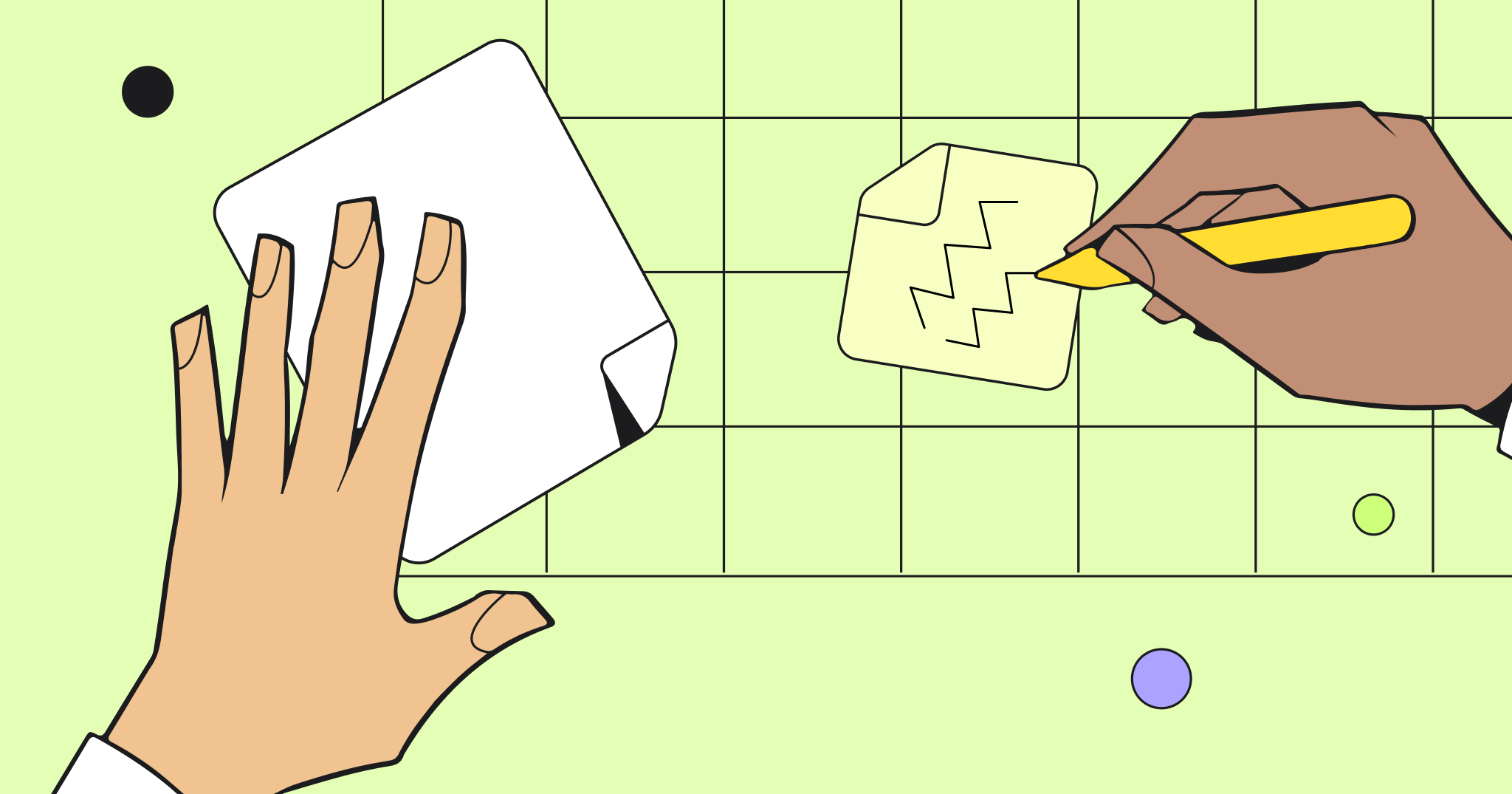With dispersed teams across the world and a slew of new technologies to connect us, the way we work together is changing. While asynchronous work is on the rise and meeting time is on the decline, the time spent in meetings — and how people spend that time — remains divisive.
In our recent study of How workers really feel about meetings, we discovered numerous challenges stemming from both hosting and attending meetings in this new era of work, including
- 71% multitask during meetings
- Only 30% of introverts feel comfortable sharing their ideas in meetings, compared to 84% of extroverts
- 61% take meetings on PTO, and 76% attend them outside their typical workday
- 64% skip meals to attend meetings
- 67% have experienced burnout due to their company’s meeting culture
All these challenges crush productivity and stifle innovation. But they also drive talent away, as meeting culture stress and disengagement accumulates over time, leading to burnout and poor work-life balance.
To explore these issues further, we spoke with Dom Katz, Miro’s Ways of Working Lead. Dom has over a decade of experience helping organizations like Atlassian think more intentionally about how their teams work and innovate. In this interview, he offered some creative ideas on how to improve workplace meeting cultures for all.
Hi Dom, I’m excited to chat to you today. In your opinion, how important are meetings in the current working world?
Hi Rebecca! I’m someone who loves meetings and the energy they produce when people come together. I think they’re absolutely vital for innovation, employee engagement, and collaboration. In our study, we found that 77% of workers agree that meetings are important.
That being said, I’m against bad meetings – those with no clear agenda or purpose that distract you from the rest of your work.
Before the pandemic, meetings were often the default for getting things done. But now, they’re not the only tool available. For meetings to remain worthwhile, we need to take more care in deciding whether we actually need a meeting, prepare them more creatively, and make them more inclusive for people who might thrive in an alternative setting. Companies are now experimenting with how to make meetings more efficient; for example, prepping for meetings with pre-reads, video recordings, or Talktracks.
Can you paint a picture of the perfect meeting? What happens and what does it accomplish?
The perfect meeting for me has four to six people who know each other well, and understand our shared goal. We get together for one or two hours, beginning with something personal or fun to ease us into the meeting. Then we have a prompt or a key question to get us started. There may be some silent work, followed by discussion, engagement, and opinions flying around.
I love visual meetings where we capture discussions on boards, group ideas, and can quickly sketch something up. My goal is that everyone has a shared understanding of what happened and we can have a clear path forward.
Ideally, I’ll have 30-minute buffer time before and after meetings to prepare or action something important to keep the momentum going.
I guess buffer time isn’t always possible, which might explain why some people multitask during meetings. But can you really juggle tasks and fully focus on the conversation?
Multitasking doesn’t exist. What we’re actually doing is focusing on one thing, switching to another, and losing context in between.
It’s so obvious when people multitask in meetings but we’ve all done it. I’ve been caught and had an unexpected question thrown at me. I thought I was listening, but I wasn’t, and it’s embarrassing. Usually, if I feel the urge to multitask, it’s a sign I shouldn’t be in the meeting. I don’t have a clear role, task, or reason for being there.
I recently listened to an HBR podcast on Why Meetings Go Wrong, recorded in 2019. The problems they described were a mirror image of our post-pandemic meetings. People were multitasking in the meeting room with their phones under the table. It’s the same today but amplified because the temptation to be distracted is much bigger on your laptop.
Engagement is a huge challenge for meeting hosts. It’s like watching a movie from the 1980s with your kids. It’s way too slow; nothing happens for long stretches of time, and the kids wander off. The pull of multitasking is very similar.
Miro’s research shows meetings can take a physical and mental toll on employees. What can workers do to regain control of their day and, ultimately, stay healthy?
Flexibility in the new working world is such a double-edged sword. It can be powerful if used correctly, but if it’s not a conscious choice, then physical and mental health problems can and will occur. Leaders, teams, and individual employees must tackle this problem collectively.
It’s shocking that employees are taking meetings on vacation. This is likely influenced by companies’ incentive structures that often celebrate people who are always on. While these people seem to get more done, it’s usually short lived and unhealthy. The best thing a leader can do for their team is be approachable. If I tell my manager, “Hey, I can’t attend that meeting with our US colleagues in the evening,” that needs to be okay.
Then she knows I can’t and we find an alternative. Plus, I feel empowered to protect my boundaries going forward.
But it’s not all on leaders. We also need to have frequent conversations as a team about personal preferences by discussing how people want to work, what times are preferred for meetings, and how home situations might influence working times.
Individually, employees can look beyond work success and understand what success in life looks like. It probably doesn’t involve meetings on vacation. This mantra helps me: “Don’t let the company get the best of you and your family get the rest of you.” We often forget saying yes to a meeting outside of work means saying no to family dinner, friends, or relaxation time.
We’ve learned that introverts and extroverts experience meetings differently. How can leaders make meetings work better for introverts who might feel uncomfortable asking questions or sharing their ideas?
One of the biggest advantages of distributed teams is the ability to accommodate communication styles that suit different personality types. For example, asynchronous messaging apps or video recording tools eliminate some meetings, which can be positive for introverted people. Async communication also provides the space to concoct a more thoughtful answer rather than feeling the pressure of providing a real-time response.
Meeting hosts can include introverts better by giving attendees breathing space or breakout activities for 10 minutes. During this time, they’ll put their thoughts together before sharing them with the group. Anonymous suggestions are another important brainstorming strategy, where you write stickies on a Miro board but don’t know who generated the idea. All these practical ideas can drive the meeting forward and ensure we hear from all types of communicators.
Hybrid workers are another group struggling with meetings. How can companies make their meetings more inclusive for workers, regardless of location or working model?
If your team is 100% remote or 100% in-the-office, it’s much easier to run a meeting. But with hybrid meetings, people in a meeting room often treat it like everyone is in the office. Those dialing in remotely to a work meeting in the office can feel disadvantaged, perhaps due to the bad audio quality or distracting side conversations. They need super-heightened concentration to follow what’s going on, and some will drop off the call entirely.
Ideally, you’ll optimize your office meeting rooms to correctly host crucial conversations in a hybrid work environment.
In preparation for our move to Miro’s new Amsterdam office, our wonderful Workplace Team did a lot of engagement internally to understand what our different teams need. In meeting rooms, we’re including things like big screens, excellent sound quality, and comfortable chairs to keep in-office and remote folks engaged.
Another example: Our sales and customer support teams are often locked in one-on-one client meetings, so now they’ll have quiet booths where calls are not distracting. Meanwhile, our product engineering teams thrive in smaller flexible meetings, standing around a table with two screens for in-depth planning sessions. They need to work visually, moving things around, brainstorming, and mapping sprints, so we have a room set up for that.
Finally Dom, what tips would you suggest for companies hoping to rebuild their meeting culture and create a better experience for all?
My former Atlassian colleague Dom Price says “Dysfunction is the gap between what you know and what you do.” Everyone knows a good meeting has an agenda, a structure, and clear preparation, but so few companies do this well. My key advice is to be the person who cares and who values people. Start and end the meeting on time, give everyone a chance to speak, and don’t let the meeting seep through your hands.
I had a former manager who after every meeting would ask, “What’s one thing we could have done better?” Over weeks and months, people became more comfortable answering that question. It built a habit of continuous improvement that quickly spread across to other teams.
At Miro, we’re experimenting with different ways teams can redesign their workweek and eliminate some unnecessary meetings completely. For example, we’ve already removed all status updates and opt for async updates instead. We still have a long way to go, but I’m glad we’re so intentional about our meeting culture and continuously seeking ways to optimize it for our teams.
Dom, I loved our meeting about meetings. Thanks so much for sharing your insights.




